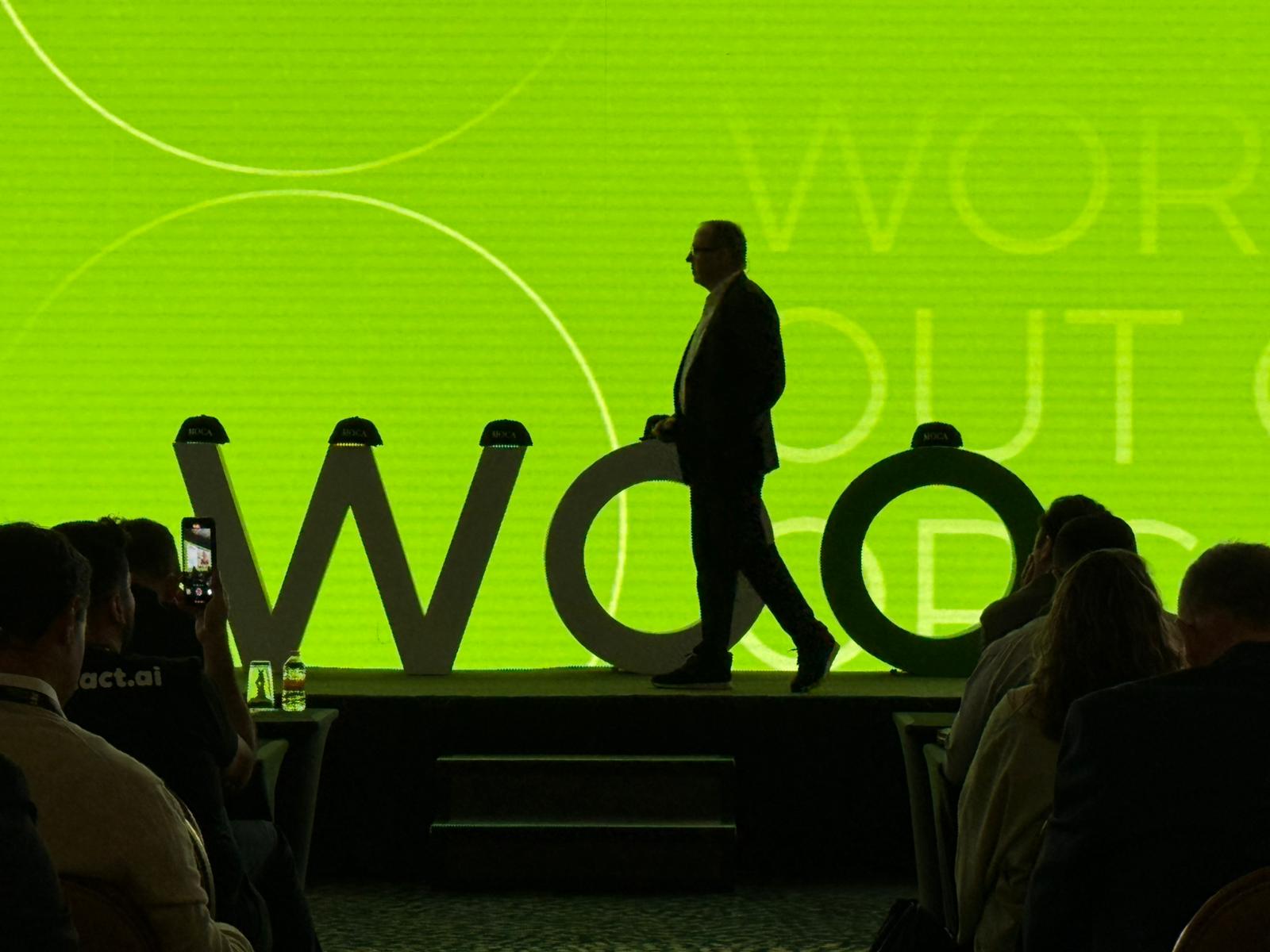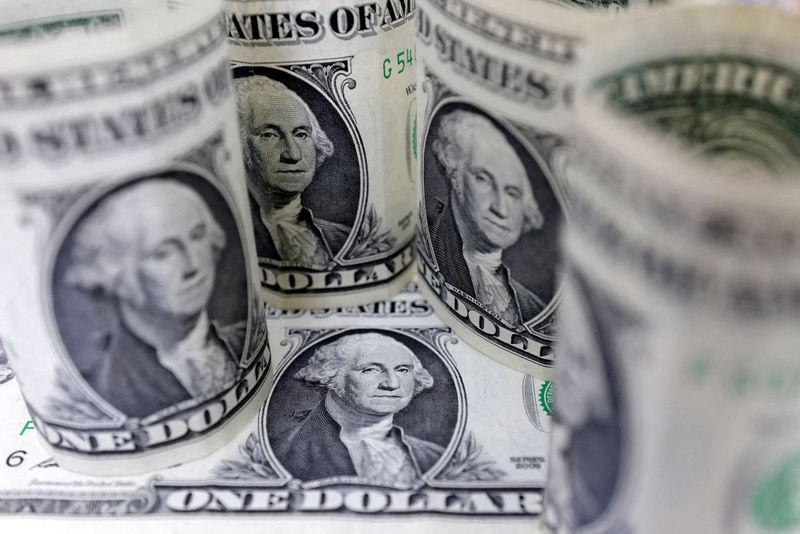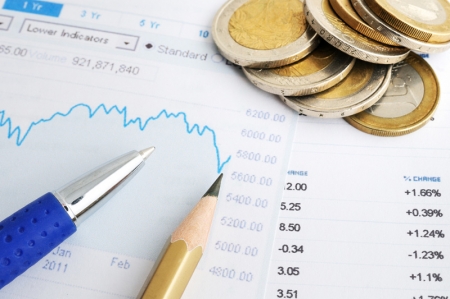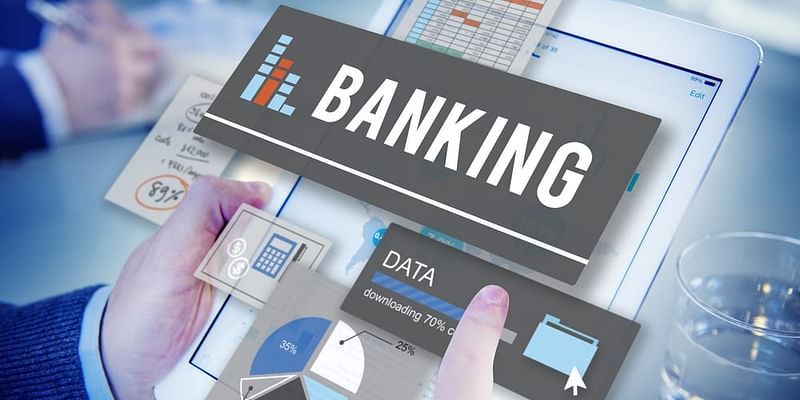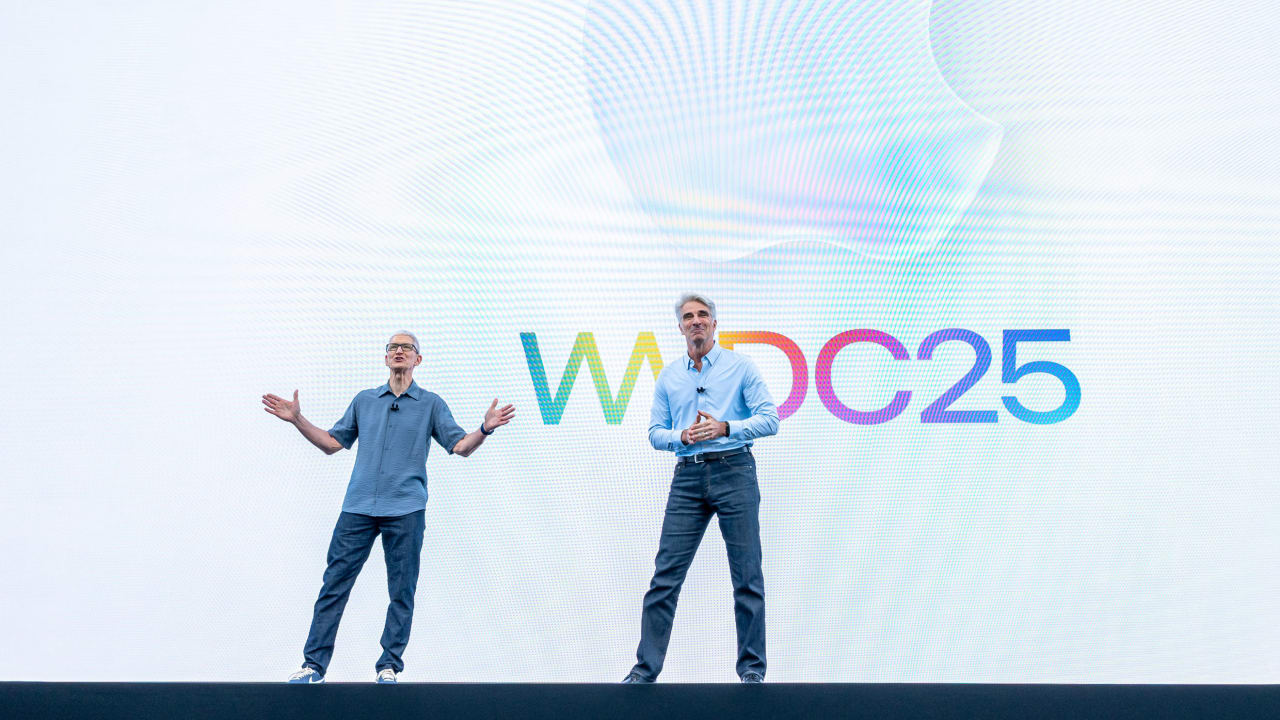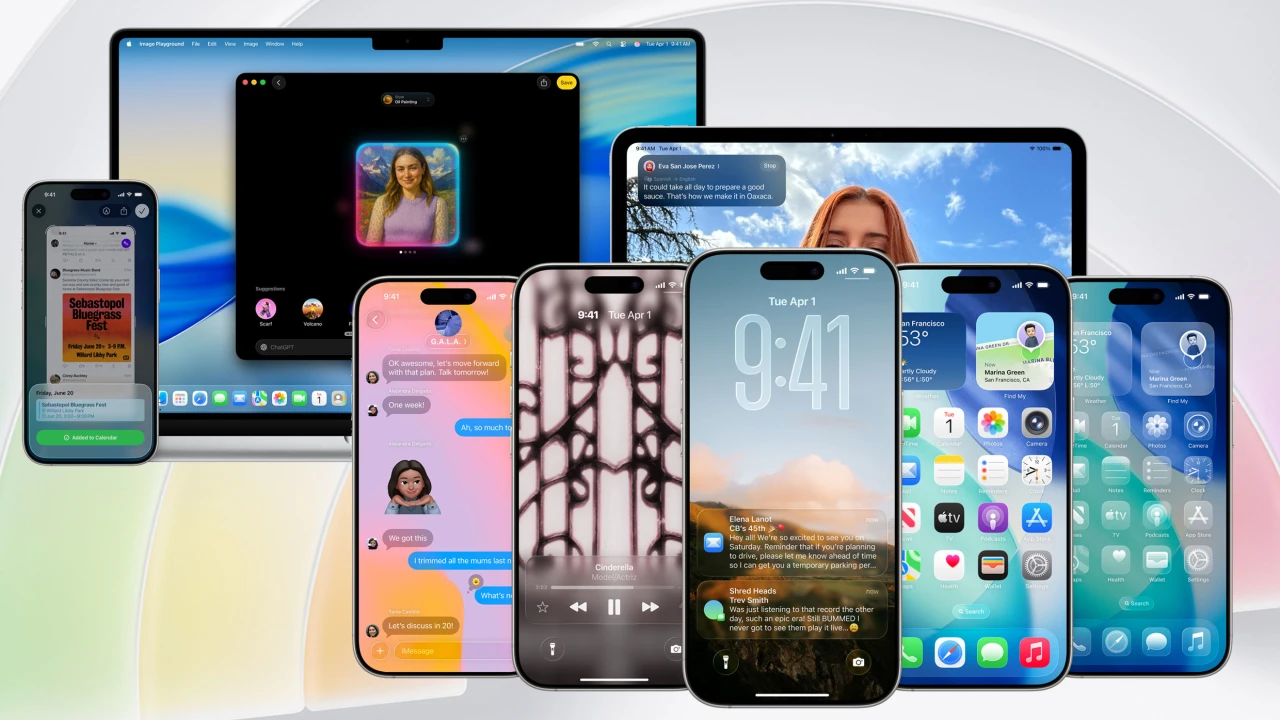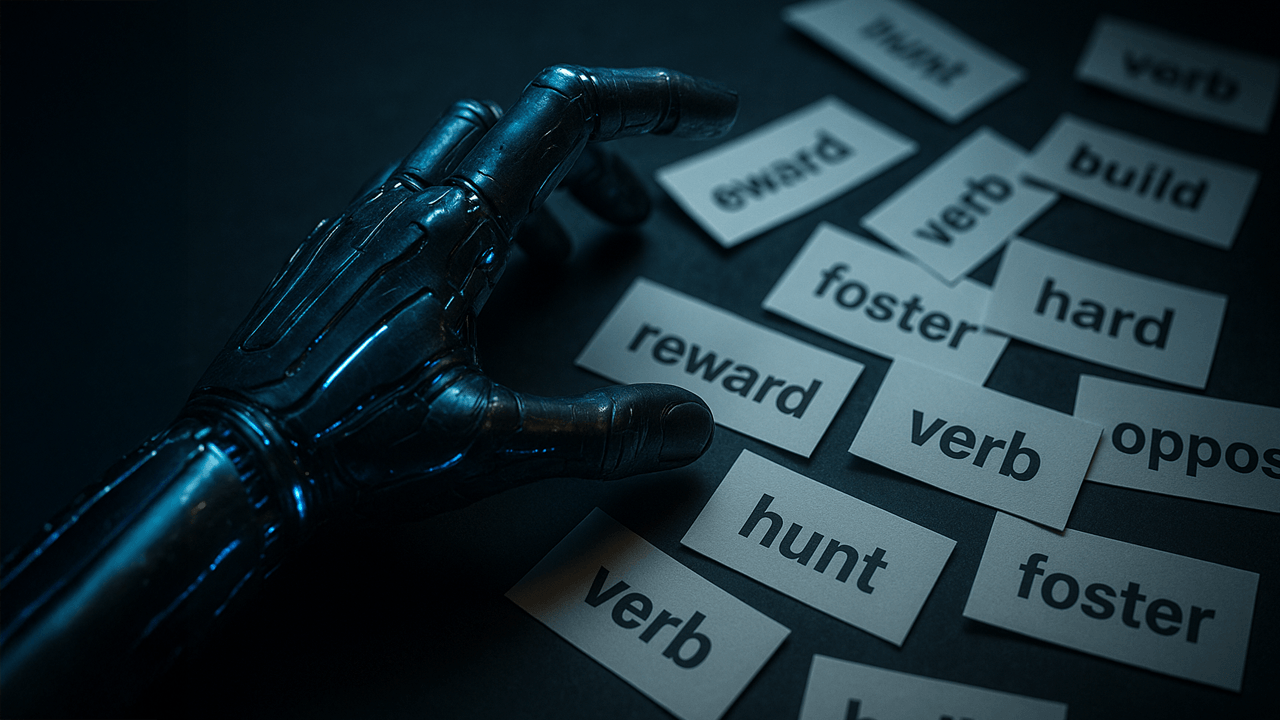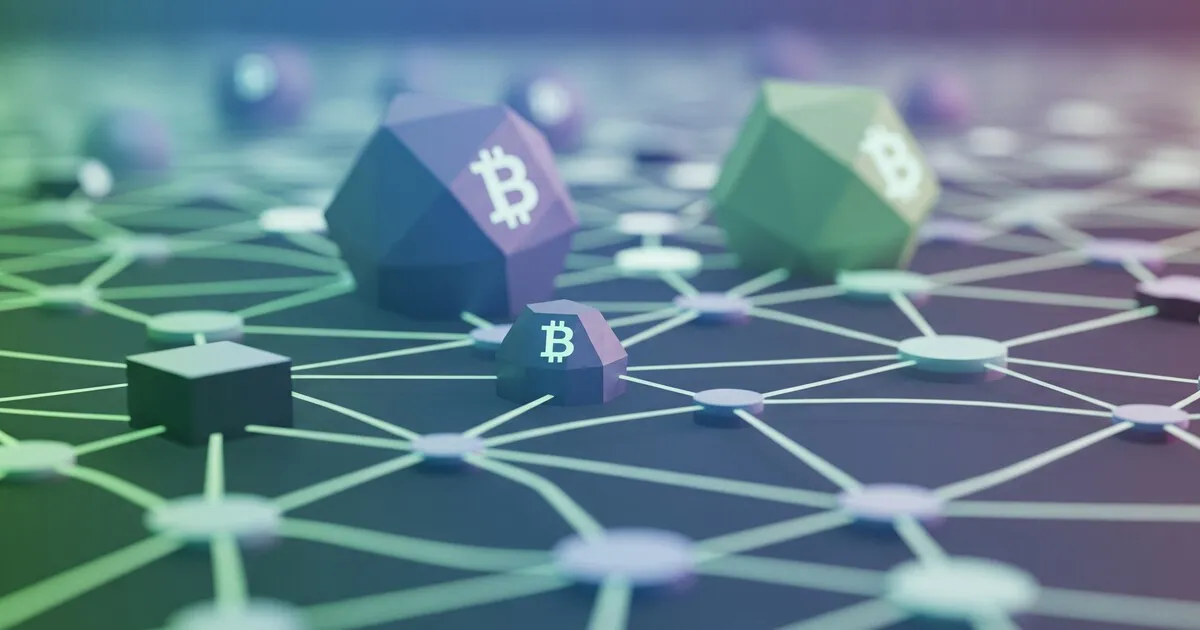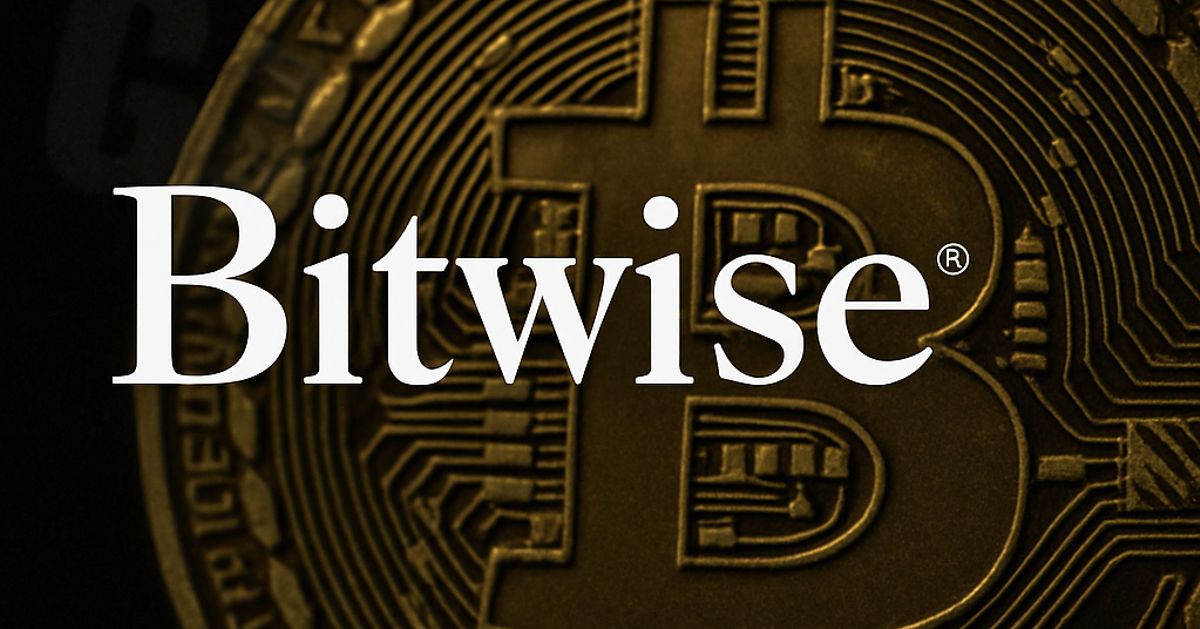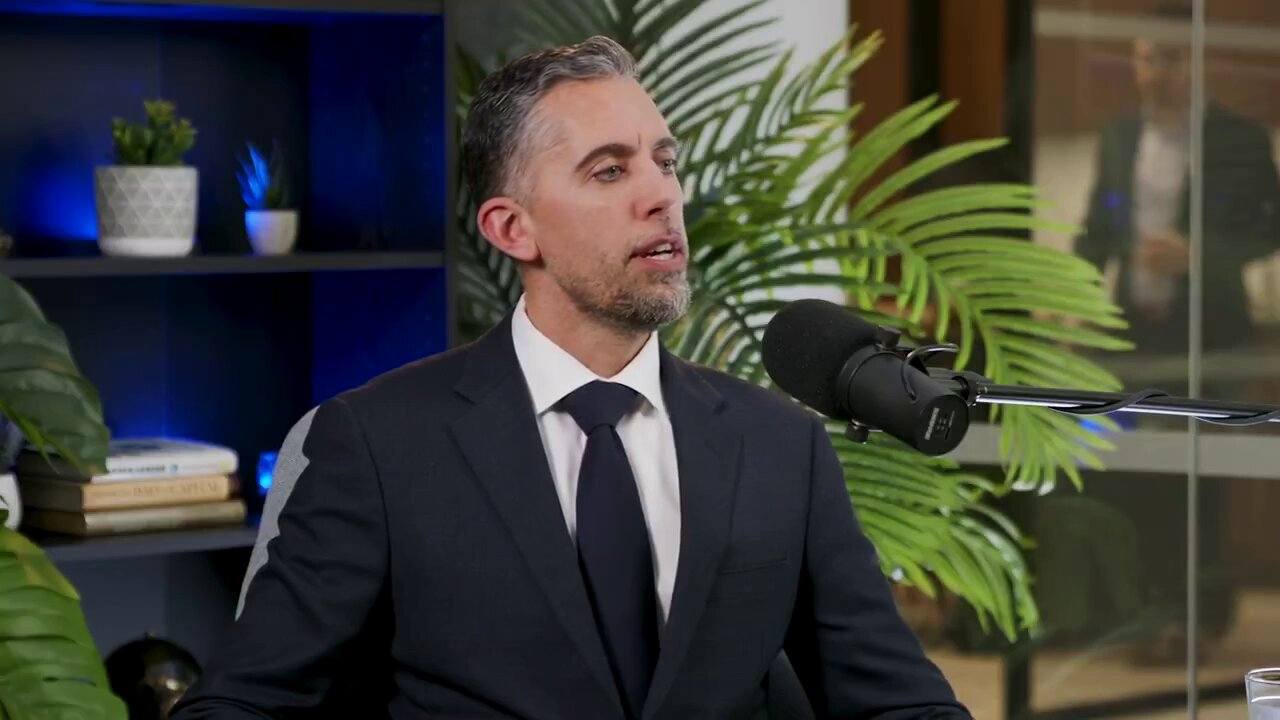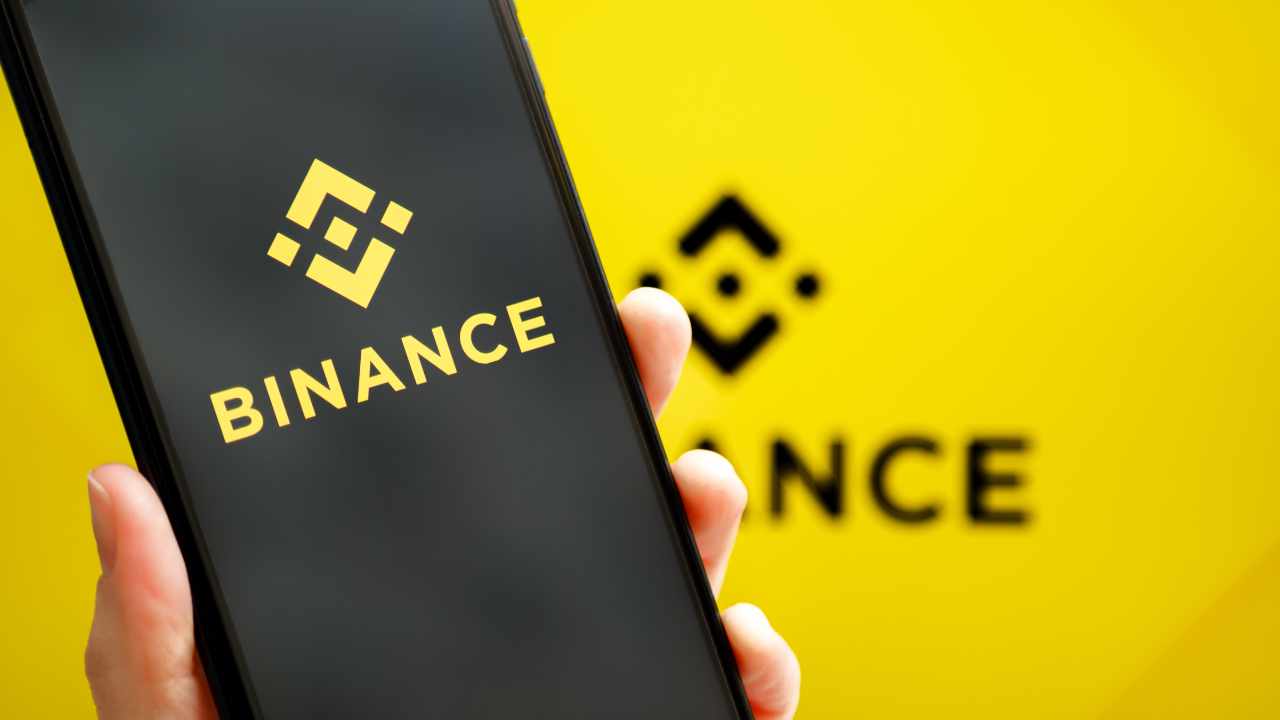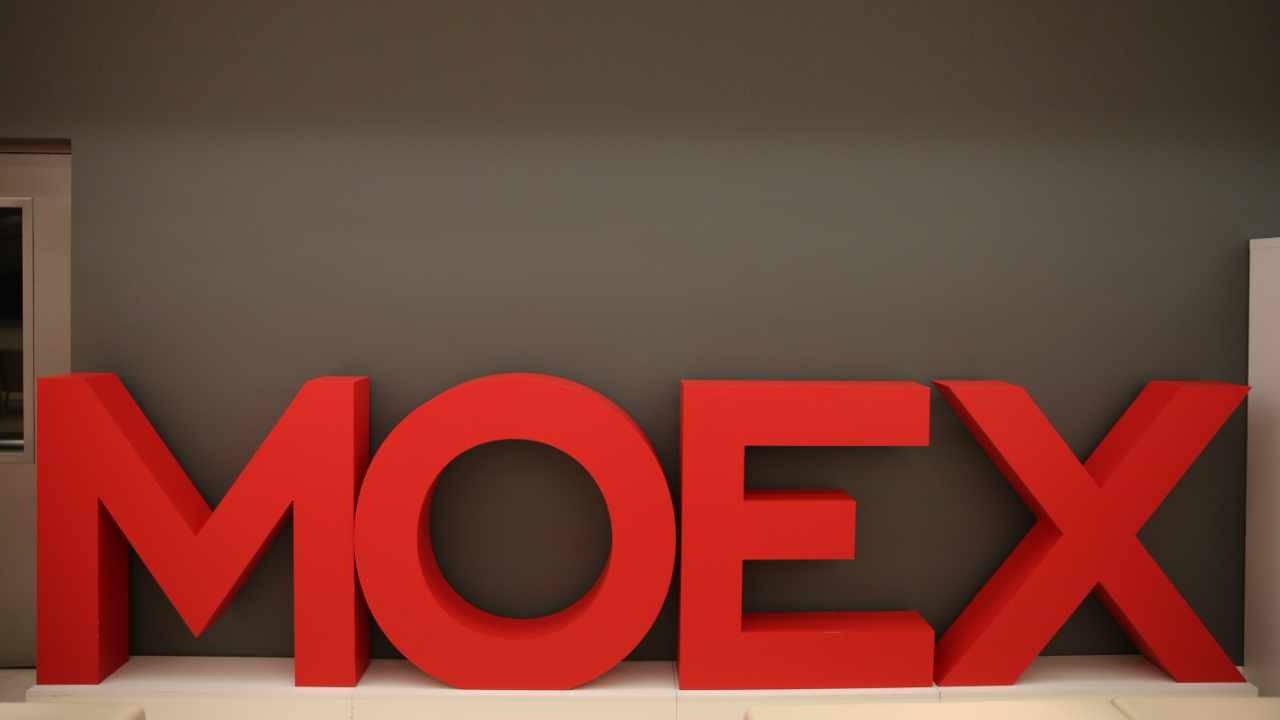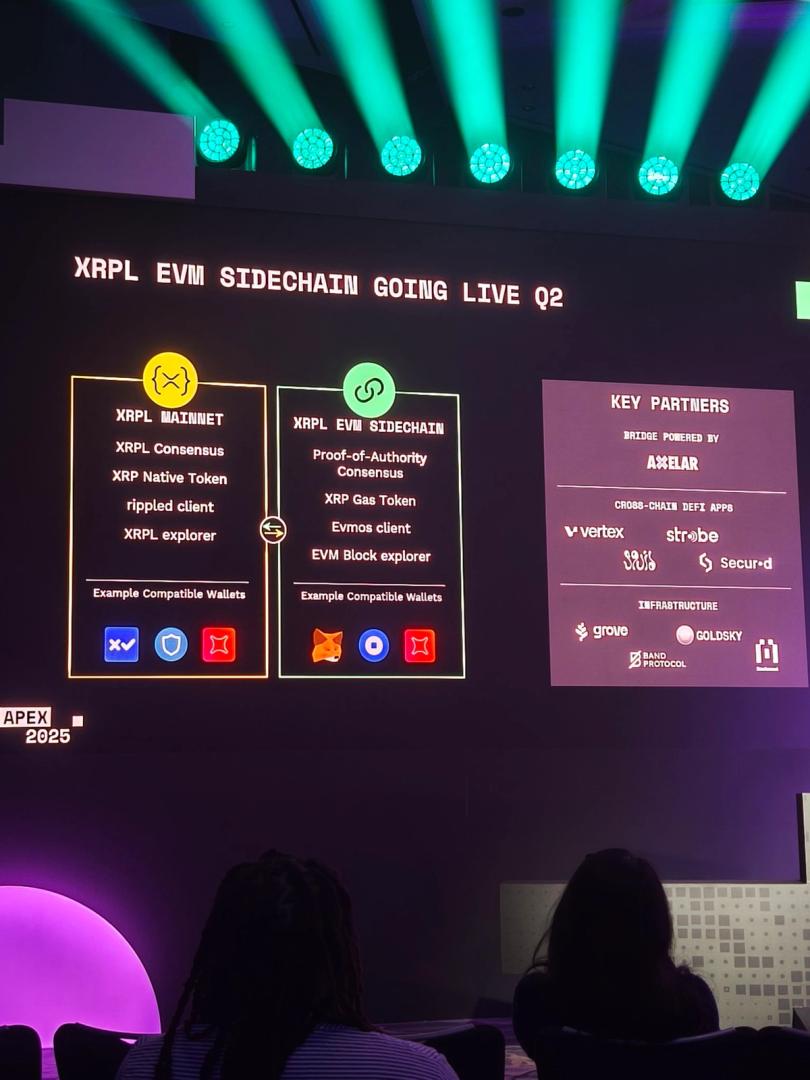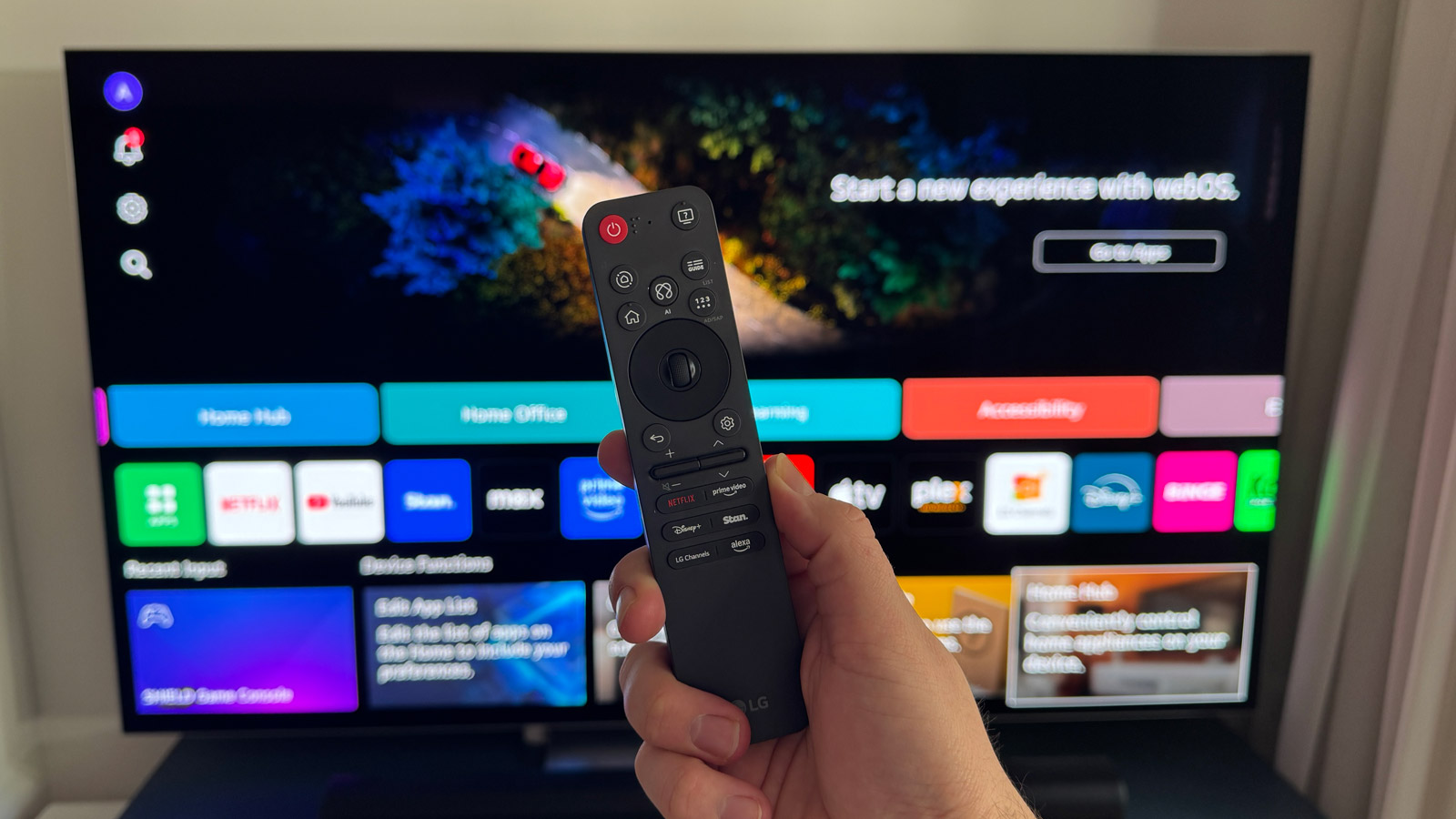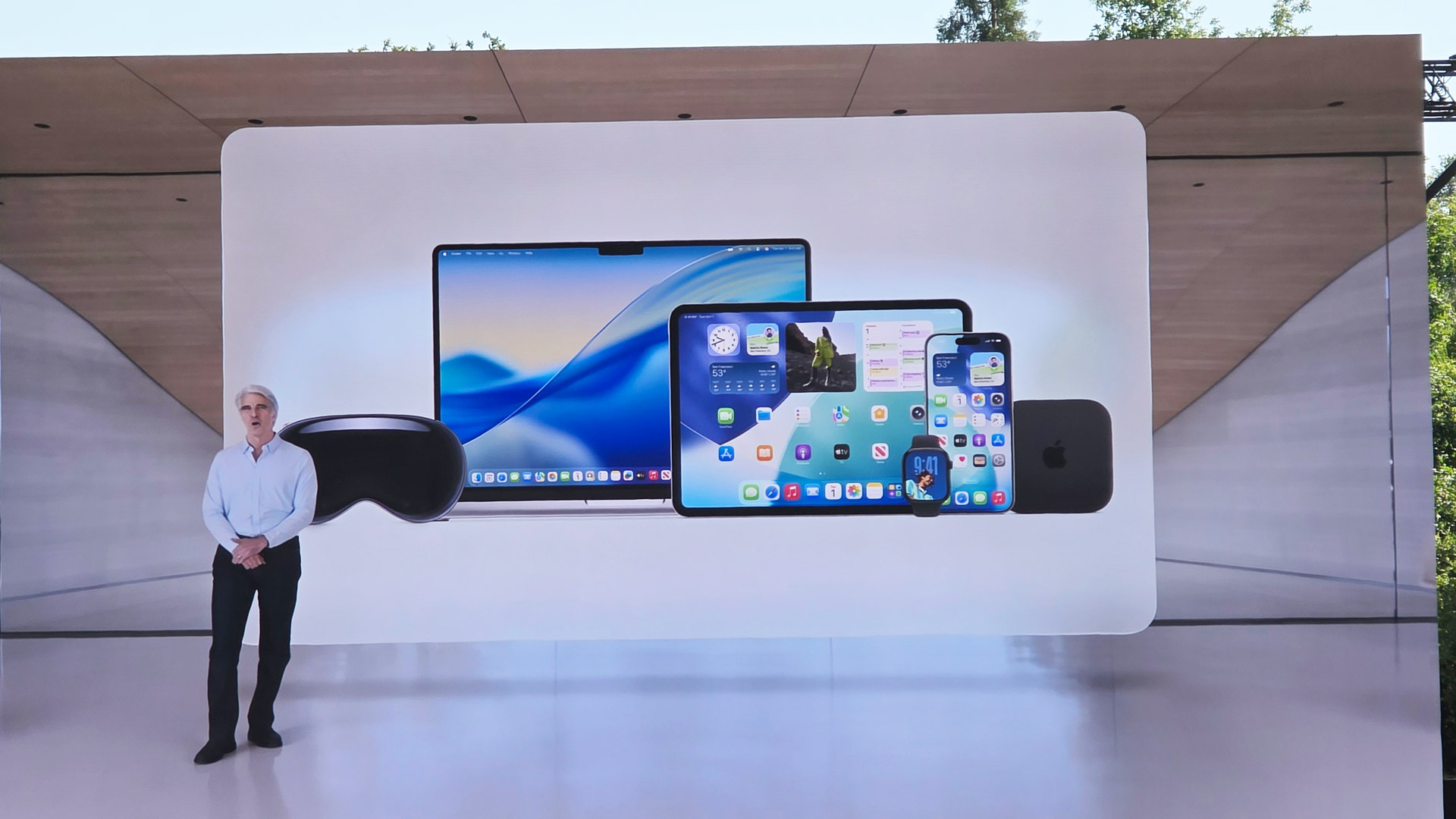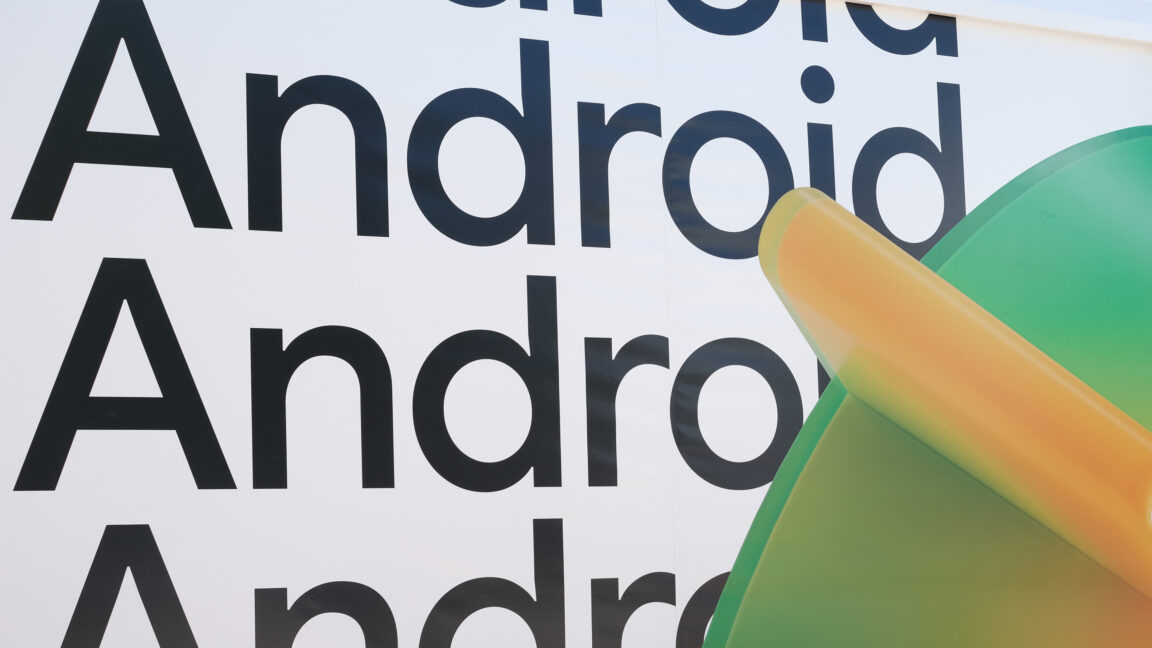The best iPhones for 2025: Which model should you buy?
It’s a question you’ve probably heard many times before: “Which iPhone should I buy?” Most of the time, the answer is simple: Get the best one you can afford. And if you’re happy with your current model, don’t feel like you have to upgrade at all. But if you’re ready to make a change, we’ve tested all seven models in Apple’s current smartphone lineup and picked out the best iPhones for most people.Before you dive in, note that we’ve based this guide on the list prices for new, unlocked iPhones on Apple.com. If you can find a heavy discount from another trustworthy retailer or a good deal on a refurbished model, that could always change the value equation. Table of contents Best iPhones for 2025 The rest of Apple's iPhone lineup in 2025 iPhone FAQs Recent updates Best iPhones for 2025 The rest of Apple's iPhone lineup in 2025 The iPhone 16. Billy Steele for Engadget Apple iPhone 16 and iPhone 16 Plus The iPhone 16 and 16 Plus have made genuine improvements over their predecessors and generally feel more “Pro-like” than they have in years past. They also come in a range of vibrant colors. If the iPhone 16 Pro or 16 Pro Max are just too pricey, especially if you want extra storage space, they’re fantastic compromises. Still, they are compromises. If you can afford it, the Pro should hold up a bit better over time. Apple iPhone 15 and iPhone 15 Plus The iPhone 15 and 6.7-inch iPhone 15 Plus still get you many key upgrades over the iPhone 16e, including a superior two-camera system, a brighter display, MagSafe and the Dynamic Island. The 15 Plus is particularly appealing as the most affordable big-screen iPhone in Apple’s current lineup. It has excellent battery performance as well. At $699 or $799, though, both phones are priced in something of a no man’s land. Most people who care about ultrawide cameras and MagSafe support should just spend another $100 for the iPhone 16 or 16 Plus, which add AI features, a slightly improved ultrawide lens with macro support, an extra hour or two of battery life, faster wireless charging (25W vs. 15W), a quicker processor, more RAM, the Action button and the Camera Control button. Those who just want the essentials, meanwhile, are probably happy to save an extra $100 on the iPhone 16e, which is still better equipped for the long-term thanks to its faster chip and Apple Intelligence support. As a result, the 15 and 15 Plus will probably make the most sense if you can find a good price on a refurbished model. iPhone FAQs Brian Oh for Engadget When is the best time of year to buy an iPhone? The best time to buy an iPhone, or really any product, is whenever you need one. But if you want to maximize how long your iPhone is considered “current,” plan to upgrade in late September. Apple almost always introduces its new core models around then. SE and “e” iPhones, meanwhile, have arrived between February and April, but those aren’t guaranteed annual releases. Cash discounts on new unlocked iPhones are rare, so there usually isn’t much reason to wait for a deal before buying (as is often the case with Samsung or Google phones). Carriers will run their own sales, but those typically involve locking you into years-long service plans. The exception would be if you specifically want an older iPhone, since Apple typically cuts the price of its last-gen devices by $100 or more when it introduces a new model. So, for instance, if you know you won’t care about the inevitable iPhone 17’s upgrades, you could wait until that device is announced and get the iPhone 16 for a little cheaper. How long does an iPhone last? This depends on the person and how they define “last.” If we had to give a broad estimate, we’d say most iPhone users keep their device between two and four years. If you’re particularly sensitive to performance and camera improvements, you might want to upgrade on the earlier side of that timeline. If you’re not as picky, you could hold out for even longer — though you’ll likely want to get a battery replacement sometime around the three- or four-year mark (or whenever you notice your battery life has severely degraded). Software support shouldn’t be a problem regardless: Apple is renowned for keeping its devices up-to-date long-term, and the most recent version of iOS is available on iPhones dating back to 2018. Most of those older phones don’t support Apple Intelligence, so there isn’t total parity, but that’s not a big loss in the grand scheme of things. How do I know how old my iPhone is? Go to your iPhone’s Settings, then tap General > About. You should see the Model Name right near the top. You can also tap the Model Number below that, then verify the resulting four-digit code on Apple’s identification page to further confirm. If you don’t want to use software, for whatever reason, you can also find your iPhone’s model number printed within its USB-C or Lightning port, if the device lacks a SIM tray. For

It’s a question you’ve probably heard many times before: “Which iPhone should I buy?” Most of the time, the answer is simple: Get the best one you can afford. And if you’re happy with your current model, don’t feel like you have to upgrade at all. But if you’re ready to make a change, we’ve tested all seven models in Apple’s current smartphone lineup and picked out the best iPhones for most people.
Before you dive in, note that we’ve based this guide on the list prices for new, unlocked iPhones on Apple.com. If you can find a heavy discount from another trustworthy retailer or a good deal on a refurbished model, that could always change the value equation.
Table of contents
Best iPhones for 2025
The rest of Apple's iPhone lineup in 2025
Apple iPhone 16 and iPhone 16 Plus
The iPhone 16 and 16 Plus have made genuine improvements over their predecessors and generally feel more “Pro-like” than they have in years past. They also come in a range of vibrant colors. If the iPhone 16 Pro or 16 Pro Max are just too pricey, especially if you want extra storage space, they’re fantastic compromises. Still, they are compromises. If you can afford it, the Pro should hold up a bit better over time.
Apple iPhone 15 and iPhone 15 Plus
The iPhone 15 and 6.7-inch iPhone 15 Plus still get you many key upgrades over the iPhone 16e, including a superior two-camera system, a brighter display, MagSafe and the Dynamic Island. The 15 Plus is particularly appealing as the most affordable big-screen iPhone in Apple’s current lineup. It has excellent battery performance as well.
At $699 or $799, though, both phones are priced in something of a no man’s land. Most people who care about ultrawide cameras and MagSafe support should just spend another $100 for the iPhone 16 or 16 Plus, which add AI features, a slightly improved ultrawide lens with macro support, an extra hour or two of battery life, faster wireless charging (25W vs. 15W), a quicker processor, more RAM, the Action button and the Camera Control button.
Those who just want the essentials, meanwhile, are probably happy to save an extra $100 on the iPhone 16e, which is still better equipped for the long-term thanks to its faster chip and Apple Intelligence support. As a result, the 15 and 15 Plus will probably make the most sense if you can find a good price on a refurbished model.
iPhone FAQs
When is the best time of year to buy an iPhone?
The best time to buy an iPhone, or really any product, is whenever you need one. But if you want to maximize how long your iPhone is considered “current,” plan to upgrade in late September. Apple almost always introduces its new core models around then. SE and “e” iPhones, meanwhile, have arrived between February and April, but those aren’t guaranteed annual releases.
Cash discounts on new unlocked iPhones are rare, so there usually isn’t much reason to wait for a deal before buying (as is often the case with Samsung or Google phones). Carriers will run their own sales, but those typically involve locking you into years-long service plans. The exception would be if you specifically want an older iPhone, since Apple typically cuts the price of its last-gen devices by $100 or more when it introduces a new model. So, for instance, if you know you won’t care about the inevitable iPhone 17’s upgrades, you could wait until that device is announced and get the iPhone 16 for a little cheaper.
How long does an iPhone last?
This depends on the person and how they define “last.” If we had to give a broad estimate, we’d say most iPhone users keep their device between two and four years. If you’re particularly sensitive to performance and camera improvements, you might want to upgrade on the earlier side of that timeline. If you’re not as picky, you could hold out for even longer — though you’ll likely want to get a battery replacement sometime around the three- or four-year mark (or whenever you notice your battery life has severely degraded).
Software support shouldn’t be a problem regardless: Apple is renowned for keeping its devices up-to-date long-term, and the most recent version of iOS is available on iPhones dating back to 2018. Most of those older phones don’t support Apple Intelligence, so there isn’t total parity, but that’s not a big loss in the grand scheme of things.
How do I know how old my iPhone is?
Go to your iPhone’s Settings, then tap General > About. You should see the Model Name right near the top. You can also tap the Model Number below that, then verify the resulting four-digit code on Apple’s identification page to further confirm.
If you don’t want to use software, for whatever reason, you can also find your iPhone’s model number printed within its USB-C or Lightning port, if the device lacks a SIM tray. For older devices, you can alternatively find that number within the SIM slot or — if you’re still hanging onto an iPhone 7 or older — right on the back of the handset.
Recent updates
May 2025: We’ve lightly edited this guide for clarity and added a few common FAQs. Our picks remain unchanged.
February 2025: The new iPhone 16e replaces the iPhone 15 and iPhone 15 Plus as our “budget” pick. We’ve also removed our notes on the iPhone 14, iPhone 14 Plus, and iPhone SE (3rd generation), as each has been formally discontinued.
January 2025: We've made a few minor edits for clarity and ensured our recommendations are still up to date.
December 2024: We’ve made a few edits to reflect the release of Apple Intelligence, though our picks remain the same.This article originally appeared on Engadget at https://www.engadget.com/mobile/smartphones/best-iphone-160012979.html?src=rss




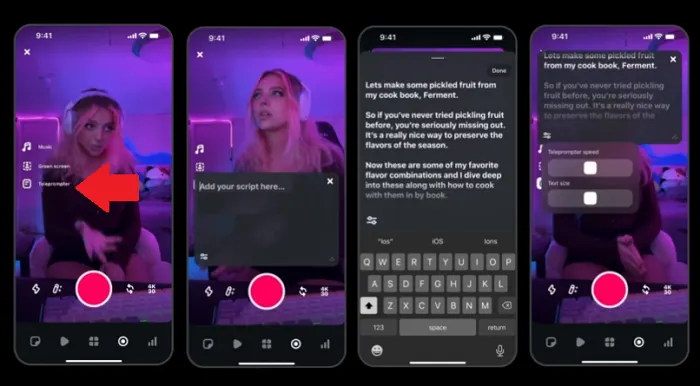
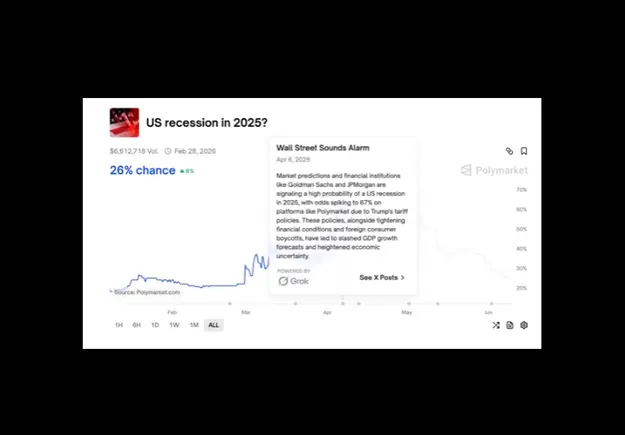
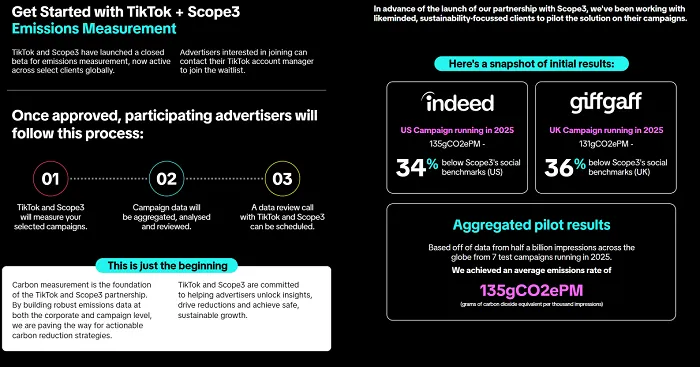
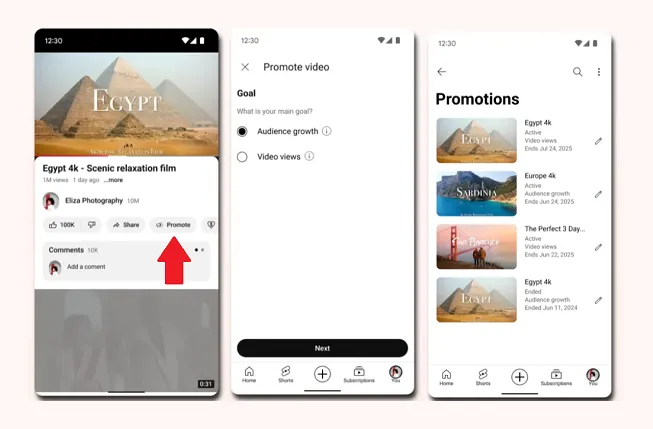


![The Most Searched Things on Google [2025]](https://static.semrush.com/blog/uploads/media/f9/fa/f9fa0de3ace8fc5a4de79a35768e1c81/most-searched-keywords-google-sm.png)
![What Is a Landing Page? [+ Case Study & Tips]](https://static.semrush.com/blog/uploads/media/db/78/db785127bf273b61d1f4e52c95e42a49/what-is-a-landing-page-sm.png)




